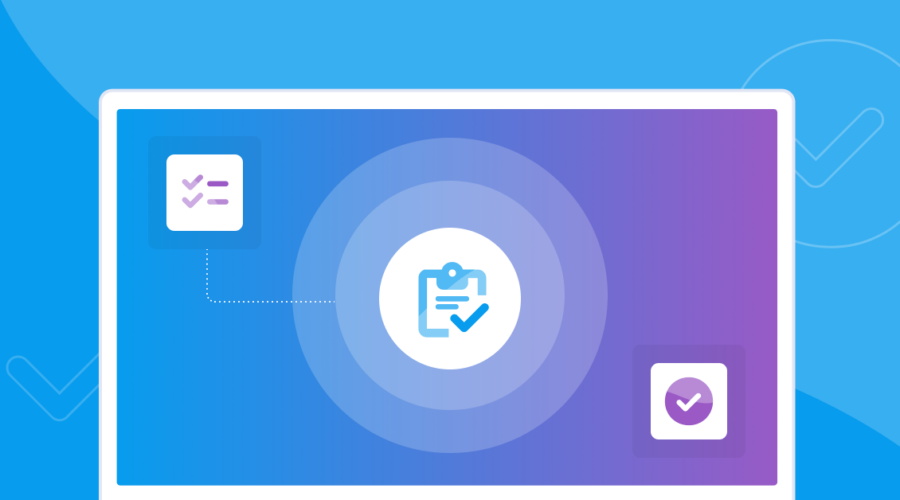Didn’t make it to our webinar on connecting your telephony, CCaaS, and voice authentication? No sweat! Here are the biggest takeaways.
If you’re an IT leader, you’re probably dealing with a lot of new challenges around managing your contact centers. You’re not alone.
Moving your contact center to the cloud is a challenging but worthwhile journey
Over the past several years, small to medium-sized businesses (SMBs) have led the charge into Contact-Center-as-a-Service (CCaaS) adoption. Now, due to increasing pressure to become more flexible and innovative in a world driven by customer experience (CX), large, complex enterprises are finally beginning their journey to the cloud.
And, like any epic trip, there’s bound to be roadblocks. Some are avoidable (like not packing enough snacks), and some not (like that unplanned stop to see the World’s Biggest Ball of Twine). But at the end of the day, getting to your destination makes everything worth it.
| What is contact center composability? Composability in the contact center is like having different CX building blocks that you can rearrange, combine, or separate. Your building blocks are modular technologies, like voice authentication or IVR, that allow you to accomplish strategic initiatives. With a composable mindset, you can customize contact center services across the different legs of CX, from voice authentication to customer sentiment. |
We asked webinar attendees what comes to mind when we say ‘Cloud Migration’. Here’s what they had to say:

You can re-architect your contact center from the carrier up for composability
Enterprises have found that starting migrations with the carrier for both CCaaS and Unified-Communications-as-a-Service (UCaaS) allows them to fully compose their contact center stack. While this seems like an added complexity, it actually simplifies things down the road. However, leaning into your carrier’s strategic partnerships can facilitate migrations and integrations—so you can move from on-prem to the cloud (or somewhere in-between) without fear.
During the pandemic, many businesses relied on their UCaaS BYOC options like Microsoft Teams Direct Routing to build a best-of-breed comms platform, consolidate their carrier relationships with a global partner, and maintain autonomy by working directly with their telecom provider.
| The benefits of BYOC Bringing your own carrier allows you to simplify your communications through: 1. A controlled migration of your telephony with rollbacks as needed |
Business continuity and disaster recovery keep IT leaders up at night—but they don’t have to
When we asked contact center leaders what keeps them up the most at night, they said:
- Business continuity (27.6%)
- Disaster recovery (20.7%)
- Fraud mitigation (17.2%)
- User authentication (13.8%)
- Improving customer experience (13.8%)
- Reducing or maintaining costs (6.9%)
Enterprises are focused on creating resiliency and backup plans across different engagement channels, including voice. Still, you don’t actually need relationships with multiple carriers to have the redundancy and resiliency required for a functioning contact center.
With a 5X redundant network, you’re not just relying on one Toll-Free Feature Group D Network—you’re getting the power of five networks within one. That direct-to-carrier troubleshooting, transparency, and support from BYOC is just like bringing a world-class tour guide along your journey.
| The carrier’s impact on CX At Bandwidth, we have backup plans (to our backup plans to our backup plans). If something goes wrong, there are multiple routes in place to make sure your customers can get in touch with your agents. |
You don’t have to compromise features or control in your cloud contact center with carrier-level integrations
When you migrate your contact center, there’s a gap between cloud and on-premise—what we call the integration gap. Starting with your carrier lets you compose your contact center how you want to so you can weave in third-party solutions like Pindrop into your call flows and complete your migration.
Simply speaking, our integration with Pindrop is a network-level bridge between their voice bio authentication solution, your CCaaS platform, and your inbound voice for real-time media transfer. Here’s what this looks like in action:

To win with CX and improve contact center ROI, passively authenticate your customers
Did you know that less than 1% of callers are actually malicious attackers, but fraudsters can bypass knowledge-based authentication questions (KBAs) up to 60% of the time. Voice authentication is a critical piece of your contact center, and now, you can move to the cloud with Pindrop connect across call flows at the carrier level.
Within a month of implementing Pindrop in your contact center, your contact center can:
- Improve CX and reduce caller friction by expediting service for good callers and enhancing self-service in IVR
- Reduce omnichannel voice fraud and risk exposure with an 80% true detection rate
- Enhance IVR and agent performance by reducing Average Handle Time (AHT) by up to 60 seconds and eliminating KBAs
- Protect your brand and reputation, improve CSAT and NPS, and avoid brand damage from bad actors
You don’t have to sacrifice control or functionality just to get to the cloud. Pick the right carrier, and you get a tour guide that can get you to your destination without hitting any major traffic jams.
Still dipping your toes into caller authentication? Bandwidth’s Call Verification could be another option.



